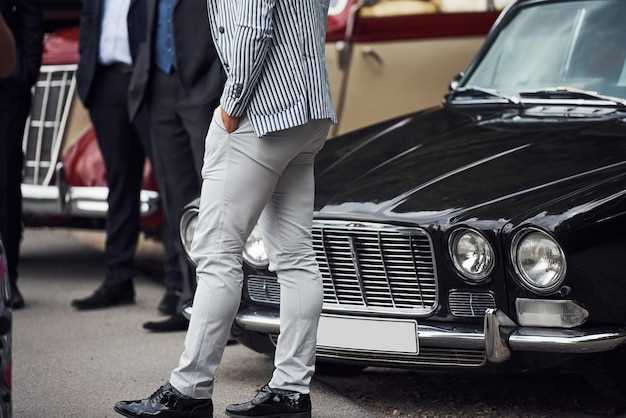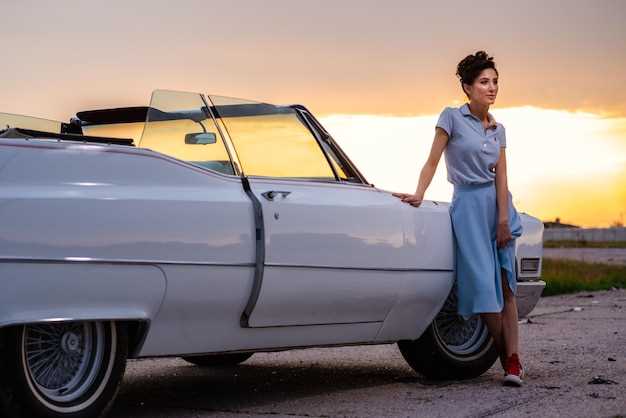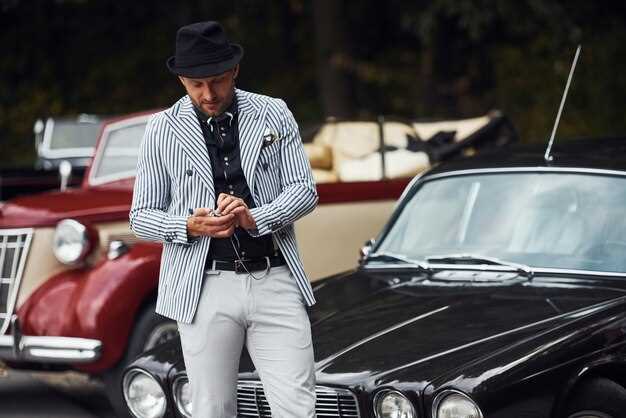
Participating in vintage car shows is an exhilarating experience for any car enthusiast. It offers a chance to showcase your prized possession, connect with fellow collectors, and celebrate the rich history of automotive excellence. However, before you can proudly display your vehicle, proper registration is essential. Understanding the nuances of car registration for shows can ensure a seamless and enjoyable experience.
Registration is more than just paperwork; it is a critical step in legitimizing your presence at car shows. Different events may have varying requirements, ranging from proof of ownership to specific documentation concerning the car’s historical significance. It is important to familiarize yourself with the unique rules of each show you plan to attend, as adhering to these guidelines will enhance your chances of a successful entry.
Additionally, ensuring that your vintage car complies with state regulations and show prerequisites is key. This includes verifying that your vehicle is in good standing and meets any criteria stipulated by the organizers. By navigating the registration process carefully, you can focus on what truly matters: enjoying the show and sharing your passion for classic cars with others.
Gathering Necessary Documentation for Vintage Car Registration

Registering a vintage car for shows requires careful preparation and the right documentation. The first essential document is the original title of the car, which proves ownership and may be requested during registration. If the title is missing, a replacement can usually be obtained from the Department of Motor Vehicles (DMV) or the equivalent authority in your region.
Next, you’ll need to provide a bill of sale if the vehicle was recently purchased. This document should include details such as the purchase date, sale price, and the signatures of both the buyer and seller. This helps establish a clear transfer of ownership before you take the car to any shows.
In addition to these, obtaining a vehicle history report can be beneficial, particularly if you plan to showcase your car at shows. This report provides valuable insights about the car’s past, including any accidents or title changes, which may increase your credibility as a collector.
Another important component is documentation proving the car’s vintage status. This can include original specifications, a confirmation of the year of manufacture, or even details from classic car clubs that endorse the vehicle’s authenticity. Collectors often find value in showcasing these documents during car shows, as they highlight the vehicle’s significance.
Insurance documentation is crucial as well. You should acquire a collector car insurance policy that covers the specific needs of vintage automobiles. Make sure to keep a copy of your insurance documents handy, as many shows will require proof of coverage before allowing participation.
Lastly, always check with the specific regulations of the show venues or local authorities. Different states or organizations may have additional requirements for registration, such as emissions tests or safety inspections. Ensure all documents are gathered and organized to facilitate a smooth registration process for your vintage car.
Navigating State Regulations for Classic Car Shows

When preparing to showcase your vintage auto at a classic car show, understanding state regulations is crucial. Each state has its own specific rules regarding the registration of classic vehicles, so it’s important to familiarize yourself with these guidelines.
Start by checking with your state’s Department of Motor Vehicles (DMV) or equivalent agency. They provide resources outlining the registration process for classic cars, including any necessary paperwork. Be aware that some states offer special classifications for vintage vehicles, which may affect insurance, emissions, and eligibility for shows.
Many car shows require proof of registration to ensure that all participating vehicles meet local laws. This might include providing a copy of your vehicle’s title, current registration details, and possibly a certification that confirms its vintage status. Some events may also mandate authenticity checks to validate the historical accuracy of modifications and restorations.
It’s also important to note that regulations can extend to safety requirements, such as specific operational standards or the presence of certain equipment. Compliance with these regulations not only allows participation in events but also enhances your vintage car’s value and appeal.
Finally, connecting with local car clubs can provide additional insights into navigating regulations, as they often have experience and tools to assist new enthusiasts. By understanding and adhering to state regulations, you’ll ensure a smooth experience at your next classic car show.
Preparing Your Vintage Car for Show Conditions
To ensure your vintage car stands out at shows, preparation is crucial. Start with a thorough cleaning, both inside and out. Use specialized cleaning products that won’t harm the car’s original materials. Detailing is vital; pay attention to the engine bay, wheel wells, and undercarriage, as these areas can significantly impact the overall presentation.
Next, inspect the car for any signs of wear or damage. Touch up paint chips and polish chrome elements to restore their shine. Ensure that all lights are functioning correctly, including headlights, taillights, and turn signals. A malfunctioning light can detract from an otherwise stunning presentation.
Consider polishing the exterior surfaces with a high-quality wax to enhance the car’s appearance. The right wax can help to protect the paint and provide a reflective finish that draws attention. Check your tires as well; they should be clean, properly inflated, and free of cracks. Matching tires to the era of your vintage car can also enhance its authentic look.
For the interior, vacuuming and deep cleaning upholstery ensures a pristine environment for spectators. If your vintage car includes original features, make sure they are well-maintained and operational. This includes the dashboard instruments and any period-specific accessories that contribute to the car’s historical significance.
Finally, when preparing for the show, consider the presentation of your car. Use display materials, such as signage detailing the car’s history and specifications, to engage the audience. This not only captures attention but also showcases the effort put into maintaining your vintage auto.


